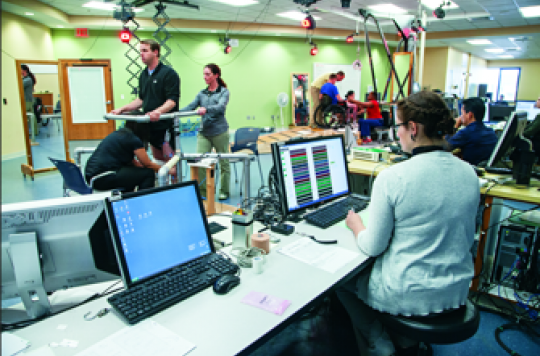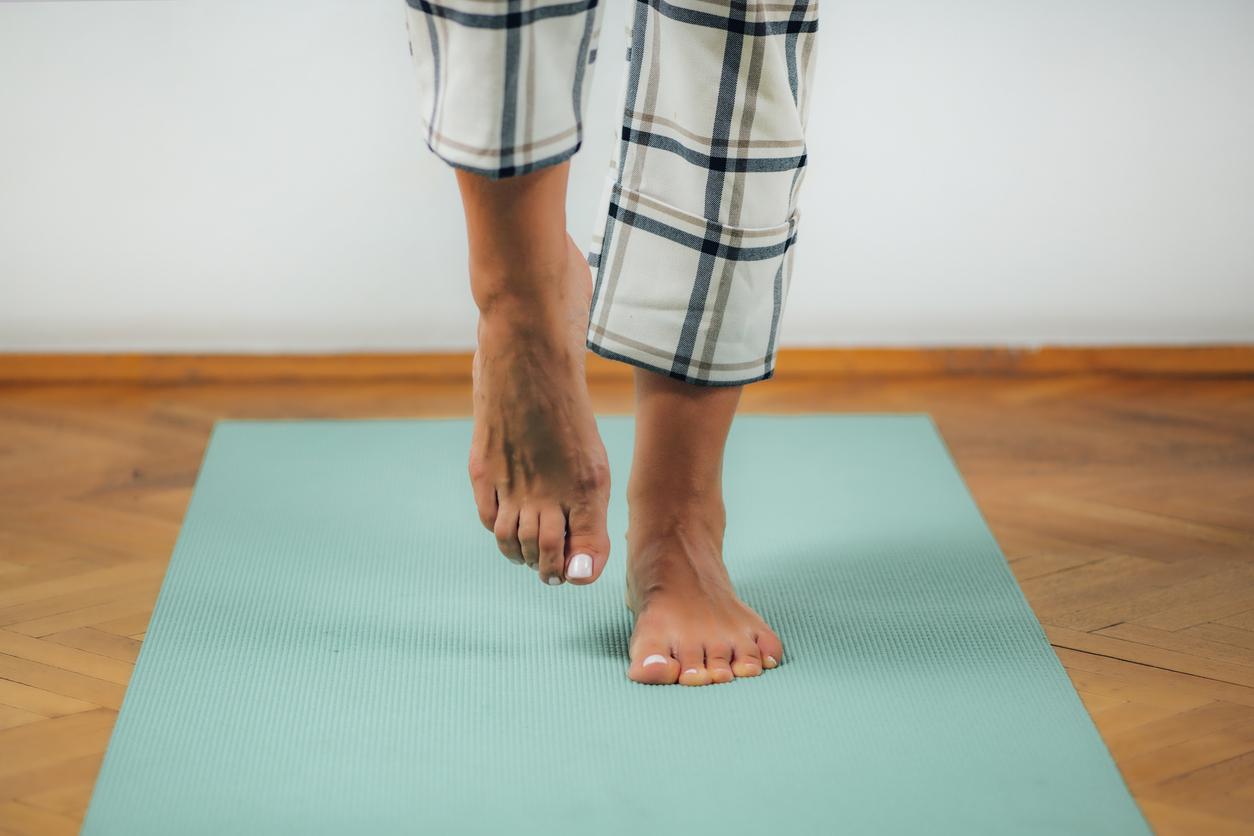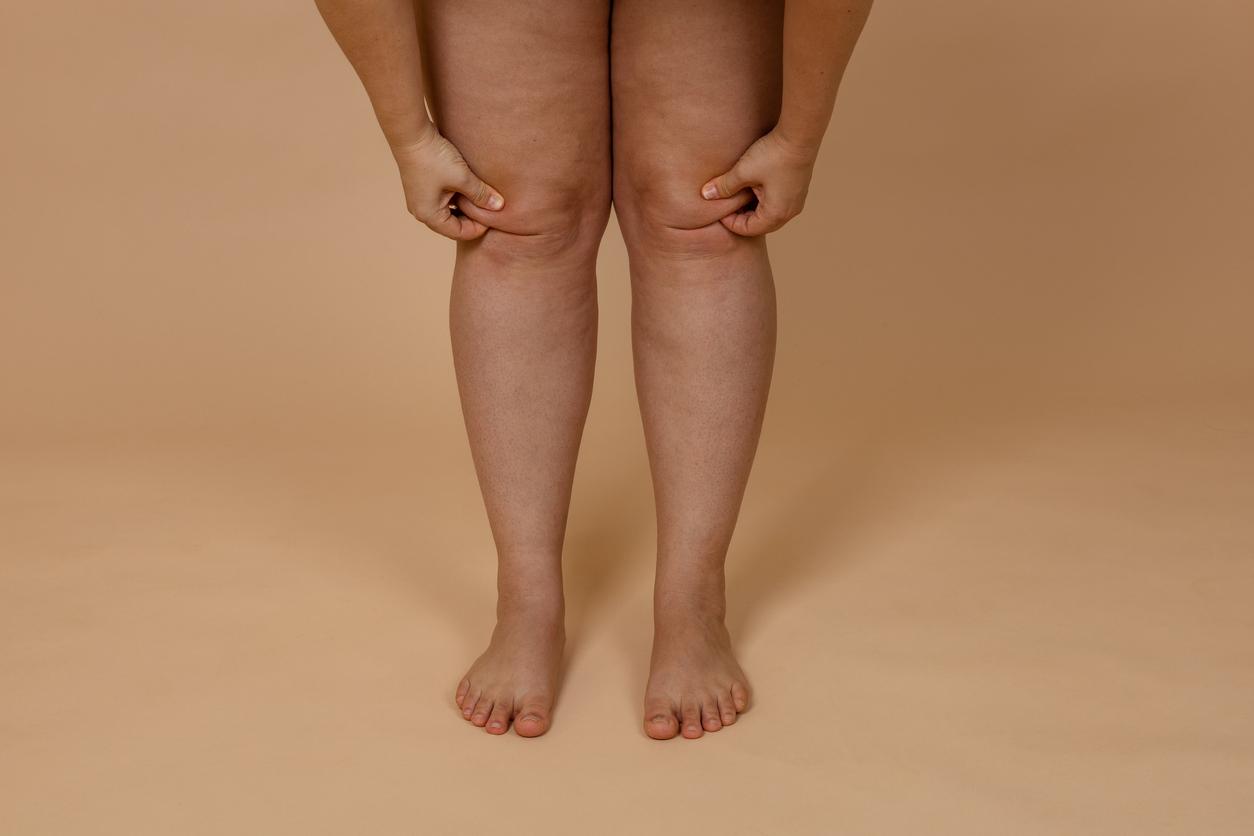Researchers have succeeded in developing an electrical stimulator. Implanted in the spine, it allows paralyzed patients to regain control of their lower limbs.

Since his car accident at age 20, Rob Summers should never have walked again. His spine was badly damaged, with no hope of recovery according to his doctors. Thanks to an epidural stimulation implant, he is now able to move his legs, lift loads … and even walk with an aid! Three other men benefited from this avant-garde technique, presented in Brain this April 8.
Move the hips, knees and toes
These 4 patients were considered to be totally paralyzed in the legs for several years. As part of this study, they integrated a program set up at the Frazier Institute, which works with the University of Louisville (Kentucky, United States). The researchers implanted epidural stimulators in men. Each stimulator delivers a continuous electric current to the lower part of the spine (the lumbosacral column). This signal mimics the signals the brain normally sends to the hips, knees, ankles and toes to initiate movement.
This experience began with Rob Summers in 2011. After the procedure, he recovered some of his motor function. The other patients, implanted three years later, were also able to move their legs immediately after activating the pacemaker. “Two of the four patients were diagnosed with total motor and sensory disability, with no chance of recovery,” says Claudia Angeli, lead author. “Thanks to epidural stimulation, they can now move their hips, ankles and toes. “
Regained bladder control
These results are all the more unexpected as the handicap was complete. According to the team, it is possible that, even in these injuries, some transmission paths remained intact. In fact, coupled with rehabilitation, epidural stimulation made it possible to “relearn” the spine how to receive messages. The intensity of the current could even be reduced. “The idea that no recovery is possible, and that complete paralysis is permanent, is seriously questioned,” said Dr Susan Harkema, author of the first study.
Beyond the recovery of motor function, it is the participants’ overall health that has improved: their muscle mass has increased, their blood pressure is better regulated, they feel less fatigue and more well-being. They were even able to lift loads without assistance.
“This research raises an impressive number of possibilities for how to develop interventions that help people regain mobility that they have lost,” enthuses Reggie Edgerton, who participated in the study. “The spinal circuit is remarkably strong. Once you wake it up and activate it, many physiological systems that are intimately linked and that were dormant come back into play. ”Rob Summers, for example, has regained the use of his hands, but also control. bladder, sexual organs and the ability to sweat.
Watch the testimonial of the team and participants:
.















